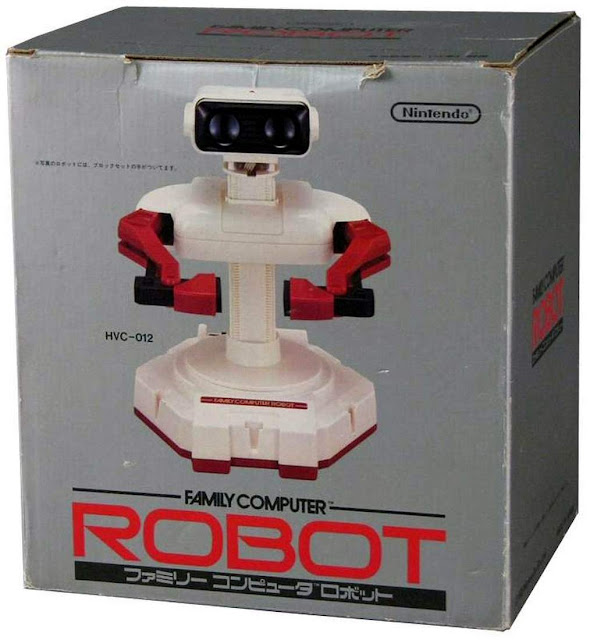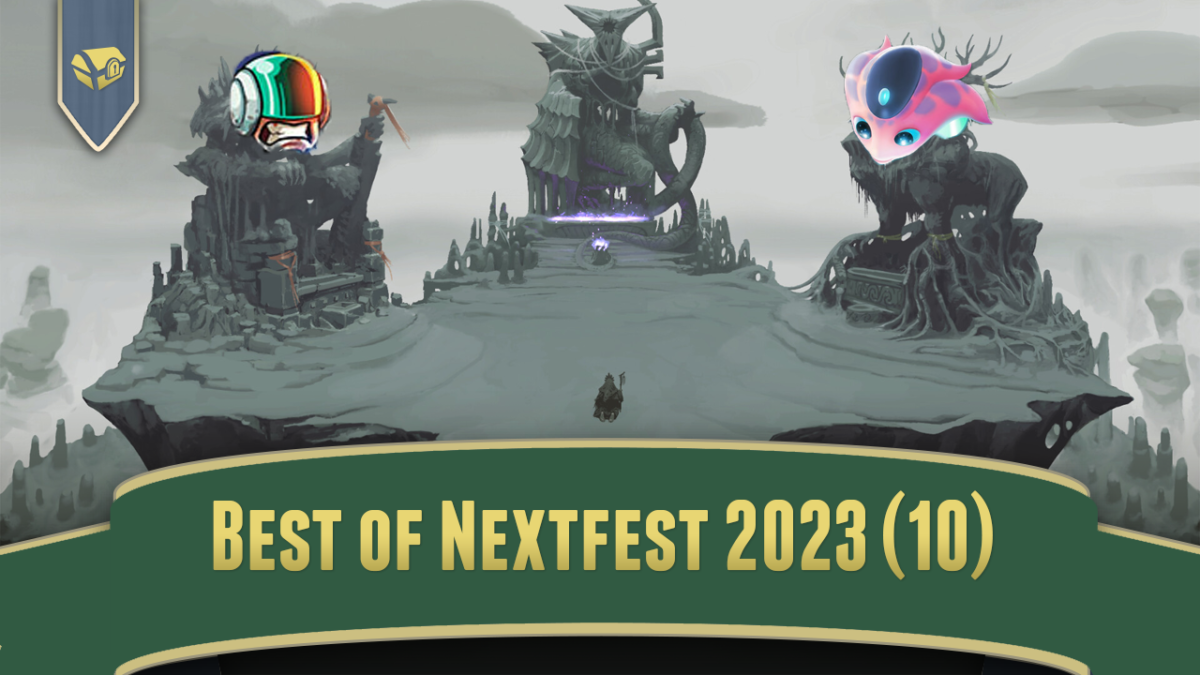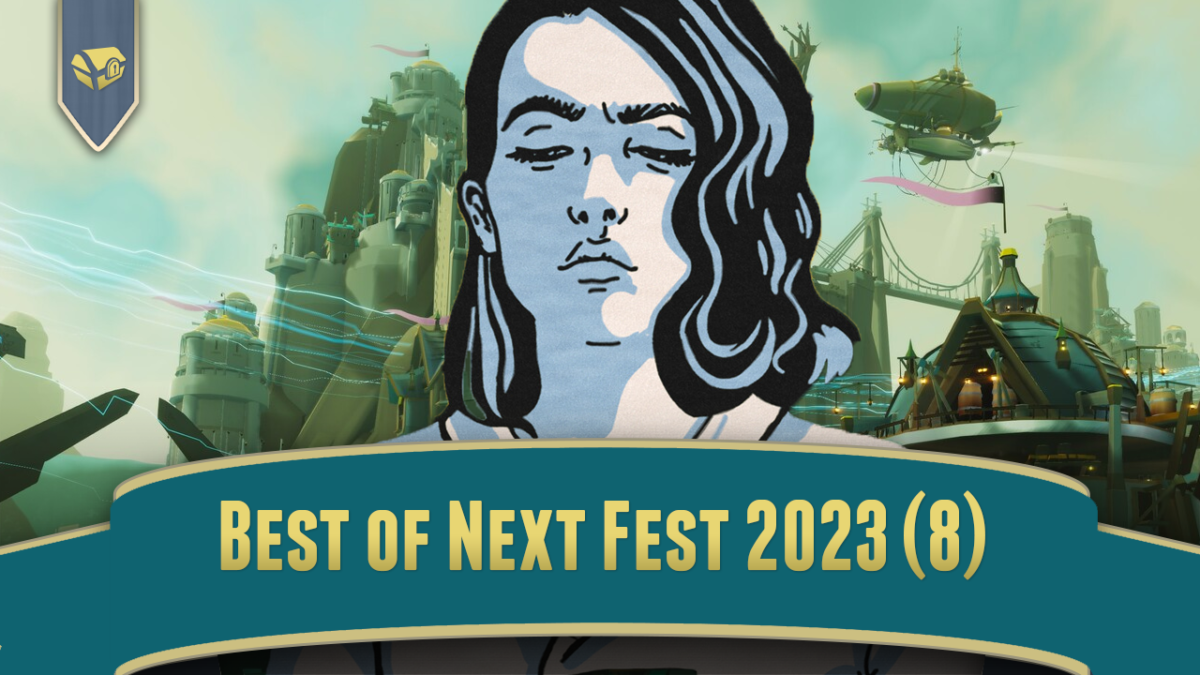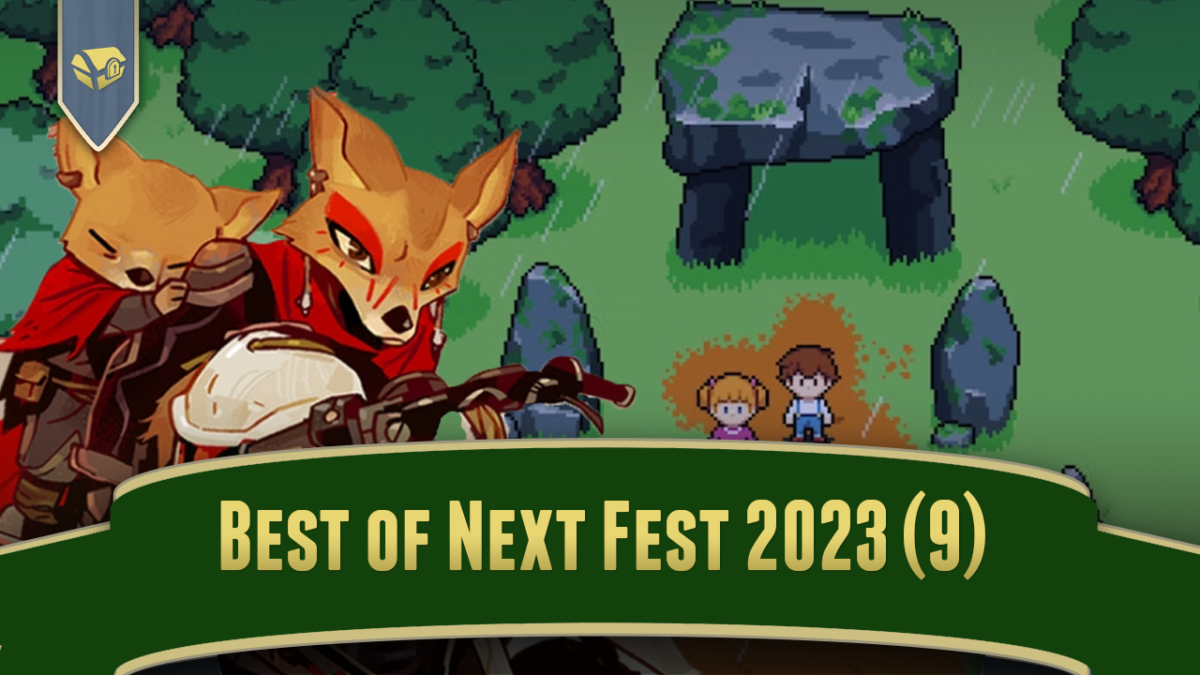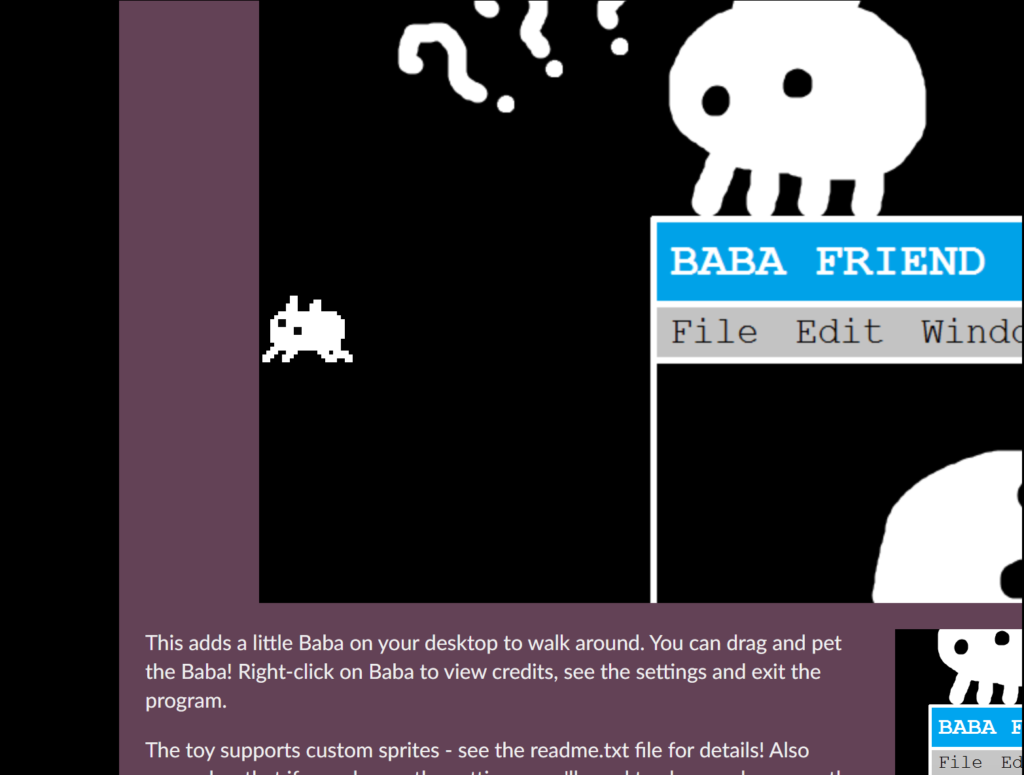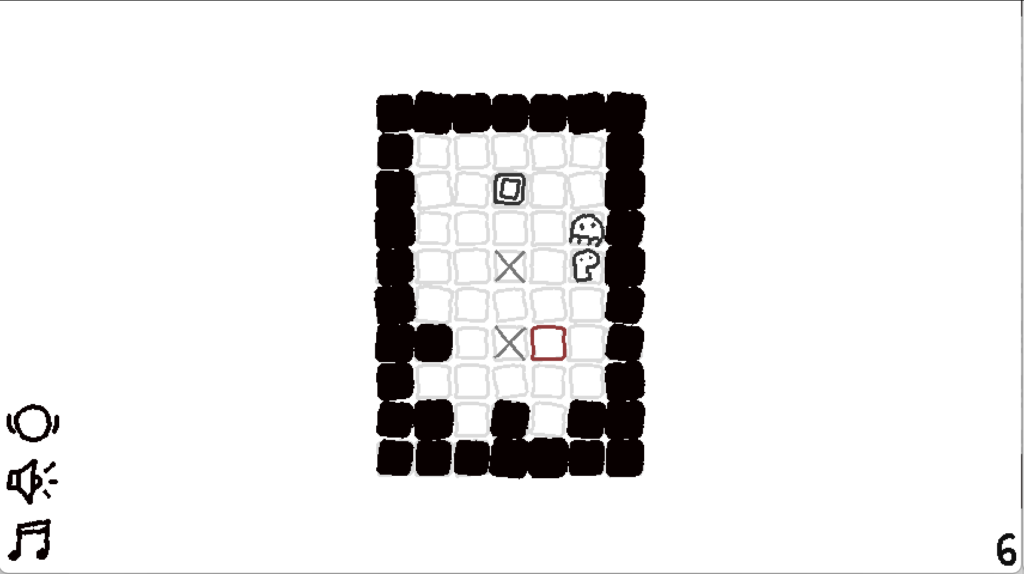AGDQ, one of GDQ’s two yearly life speedrunning events, begins tomorrow and runs to the 24th! Here’s the schedule!
Here are some highlights, according to me. The times I give are US Eastern/Pacific, but the schedule page linked above can convert times to your own zone:
Sunday, January 14th
Noon/9 AM: Tunic – Everyone’s favorite fox-based Zelda-like.
12:40 PM/9:40 AM: Super Monkey Ball – Monkey Ball speedruns are always awesome to watch!
3:40 PM/12:40 AM: Tales’ Adventure – A glitchless run of a Game Gear game, and one of the less remarked-upon of the Sonic series.
4:49 PM/1:49 PM: Donkey Kong 64 – An infamous 3D platformer experienced the best possible way: watching someone else play it.
8:55 PM/5:55 PM: Ultimate Doom – One of several billion speedruns of Doom, I’d expect this to be heavily optimized.
9:43 PM/6:43 PM: Jet Set Radio Future – The underrated Xbox sequel to the Dreamcast original.
Monday, January 15th
3:13 AM/12:13 AM: The Typing of the Dead – Worth checking in for the funny word list!
5:13 AM/2:13 AM: Marble Madness II race – At last, over 30 years after the prototype sequel to Marble Madness was scrapped, it finally comes to GDQ. Mere days after the game was leaked to the public there were already extremely proficient runs of MM2 on Youtube, so don’t blink or it’ll be over before you open your eyes.
10:01 AM/7:01 AM: Manifold Garden, reverse tree order – This game is amazing.
11:38 AM/8:38 AM: 30XX – sequel to 20XX, a procedurally-generated platformer.
2:37 PM/11:37 AM: Metroid Prime 2: Echoes – A competent sequel to the original Metroid Prime that tends to be overshadowed by the original. This is a 100% run, scheduled for 2 1/2 hours.
7:30 PM/4:30 PM: Sonic Adventure 2 Battle – Another underrated game, this run seeks to get all A ranks.
10:55 PM/7:55 PM: Pikmin 4 – The Pikmin games seem to alternate, with the odd-numbered games having strong time limits, and the even-numbered ones being a lot more laid back. They’re all terrific though, and provide a kind of gameplay that few other games attempt.
Tuesday, January 16th
8:46 AM/5:46 AM: Arkanoid – I presume this is the NES version. Coming from the lineage of Breakout, this game is extremely hard. I hope they’re playing it on NES hardware, with the official paddle controller made for this game.
9:23 AM/6:23 AM: Gimmick! – The new schedule page doesn’t specify which platform the game is being played on, unfortunately. This could either be the NES prototype original or the official (and ludicrously expensive) exA-Arcadia remake.
11:34 AM/8 34 AM: The Legend of Zelda – This run is glitchless, which is an important consideration for Zelda 1 these days.
2:03 PM/11:03 AM: Gyromite (Game B, Dog Assistance) – 🐕🐕🐕???
8:00 PM/5:00 PM: Octopath Traveller II – Might be a good opportunity to see what this game is about, if you haven’t jumped at it yet?
10:52 PM/7:52 PM: Bloodstained: Ritual of the Night – IGA’s post-Konami Metroidvania, with an emphasis on the Vania.
Wednesday, January 17th
2:59 AM/11:59 PM[Tue]: Diablo (1996) – The original game, but played through as a Sorcerer at Level 1?
3:46 AM/12:46 AM: Paper Mario: The Thousand-Year Door – News of the Switch remake has put this classic back in the spotlight. It’s still the best Paper Mario game, and one of the best damn JRPGs period, overloaded with humor but with a great story too. It demonstrated that the Mario universe has the power to tell actually interesting stories-but it may also have been the game that causes Nintendo to rein in Intelligent Systems’ use of the Mario property, as (I believe) it’s the last game with individualized Toads.
7:15 AM/4:15 AM: Ducktales Remastered – The final voice appearance of Alan Young, Wilbur from the long-ago talking horse sitcom Mr. Ed, as Scrooge McDuck before he passed away. It’s one of Wayforward’s technically excellent 2D platformers, so it’ll be interesting to see how they break it.
8:26 AM/5:26 AM: Teenage Mutant Ninja Turtles (arcade) – A 1 credit clear no less. I love seeing arcade games at GDQ, especially if they aren’t rhythm games, or as I like to think of them, Super Simon.
10:24 AM/7:24 AM: Super Mario Bros. 2 USA – I find it sad that NES games tend to be underrepresented at GDQ in this era, although I can certainly see why, as this run is scheduled to be just 12 minutes long.
11:06 AM/8:06 AM: Monkey Island 1 vs Monkey Island 2 – I don’t know what this means. Are they playing them both?
12:25 PM/9:25 AM: Metroid Dread – 100% NMG (“No Major Glitches”)
2:40 PM/11:40 AM: Pokemon Crystal Item Randomizer – Additionally, this is played co-op, meaning (I think) two players are playing, but when one finds an item the other immediately gets it too.
7:05 PM/4:05 PM: The Legend of Zelda: Ocarina of Time – This run is marked “MST.” To explain, that stands for Medallians/Stones/Trials. For an explanation of the explanation, you’ll have to look elsewhere.
9:35 PM/6:35 PM: Super Mario 64 – “16 Star Drum%” Oh those abbreviations. Whatever that means, they expect it to take 24 minutes.
10:06 PM/7:06 PM: TASbot presents Super Metroid – Past TASbot performances have reprogrammed games to present full motion video on a Gameboy and a completely alternate ending to Ocarina of Time, so whatever they’re doing this year is anyone’s guess.
Thursday, January 18th
2:11 AM/11:11 PM[Wed] – 7:25 AM/4:25 AM: Short games – I don’t know if this counts as “Awful Block” since Ninja Gaiden is in there, but they are running a number of lesser-seen games, including NES Beetlejuice, the Xbox 360 promotion Burger King tie-in Sneak King and Virtual Hydlide.
11:42 AM/8:42 AM: Kirby and the Amazing Mirror – That odd Kirby game that was functionally a Metroidvania and gave him Smash Bros. powers as one of his copy abilities. Also, Kirby has three other Kirbies wandering around as helpers, and you can call them in a cell phone. Kind of a failed experiment, but it’s still interesting!
12:19 PM/9:19 AM: Castlevania III – A solid NES game, and one that hasn’t been broken to pieces as it still takes 40 minutes to finish.
2:35 PM/11:35 PM: Super Mario Sunshine – 120 Shines. That means getting all 240 Blue Coins too. AGDQ had a cursed run of Sunshine where the runner suffered a Game Over, but because the play eschewed saving to save time, all progress was completely lost, and they had to start from scratch! Hopefully this one will go better.
8:37 PM/5:37 PM: Super Mario Maker 2 Glitch Showcase – Nintendo seems to be neglecting this game-it didn’t get a bookmark website like the first one did, and now Wonder’s out with nary a remark about SMM2. It feels like they’ll bin this one before long, so please enjoy these glitches while you can.
9:22 PM/6:22 PM: Halo: Combat Evolved – Co-op on Easy. I understand that this extremely niche game was nevertheless popular in some circles. The 3? 4? of you who know of this game will enjoy it I’m sure.
Friday, January 19th
9:17 AM/6:17 AM: Undertale, True Pacifist Race – It’s hard to believe this game’s already eight years old! When will we start seeing Deltarune chapters at GDQ?
3:22 PM/12:22 PM: Risk of Rain Returns – This game is very new but already has speedruns!
4:40PM/1:40 PM: Super Mario Bros. Wonder
10:34 PM/7:34 PM: The Legend of Zelda: Majora’s Mask – 100% No Major Glitches Relay
Saturday, January 20th
5:38 AM/2:38 AM: Star Fox 64 – 2k%, which means, in the style of speedrunners, a speedrun with a special requirement, here that the player finish a score of 2,000 or more. Back when I played Star Fox 64 a lot, my highest score ever I think was a bit over 1,700, and I worked hard for that score, so this requires some “skillz,” as they say.
8:46 AM/5:46 AM: Sonic Origins Plus – “Anniversary Mode” Relay
6:33 PM/3:33 PM: The Legend of Zelda: Tears of the Kingdom – Any%, so, expect an unwise confrontation with Ganon with only four hearts.
7:51 PM/4:51 PM: Baldur’s Gate 3 – Last year’s other megahit, this goes through all acts but is only scheduled for 35 minutes. A friend of mine has, over a week, started this game completely over from scratch three times without finishing, so it’s safe to assume he’s falling way behind the curve.
9:04 PM/6:04 PM: Final Fantasy V Pixel Remaster – The last game of the show, with “Cutscene Remover.” Even without them, scheduled for 2 1/2 hours.
